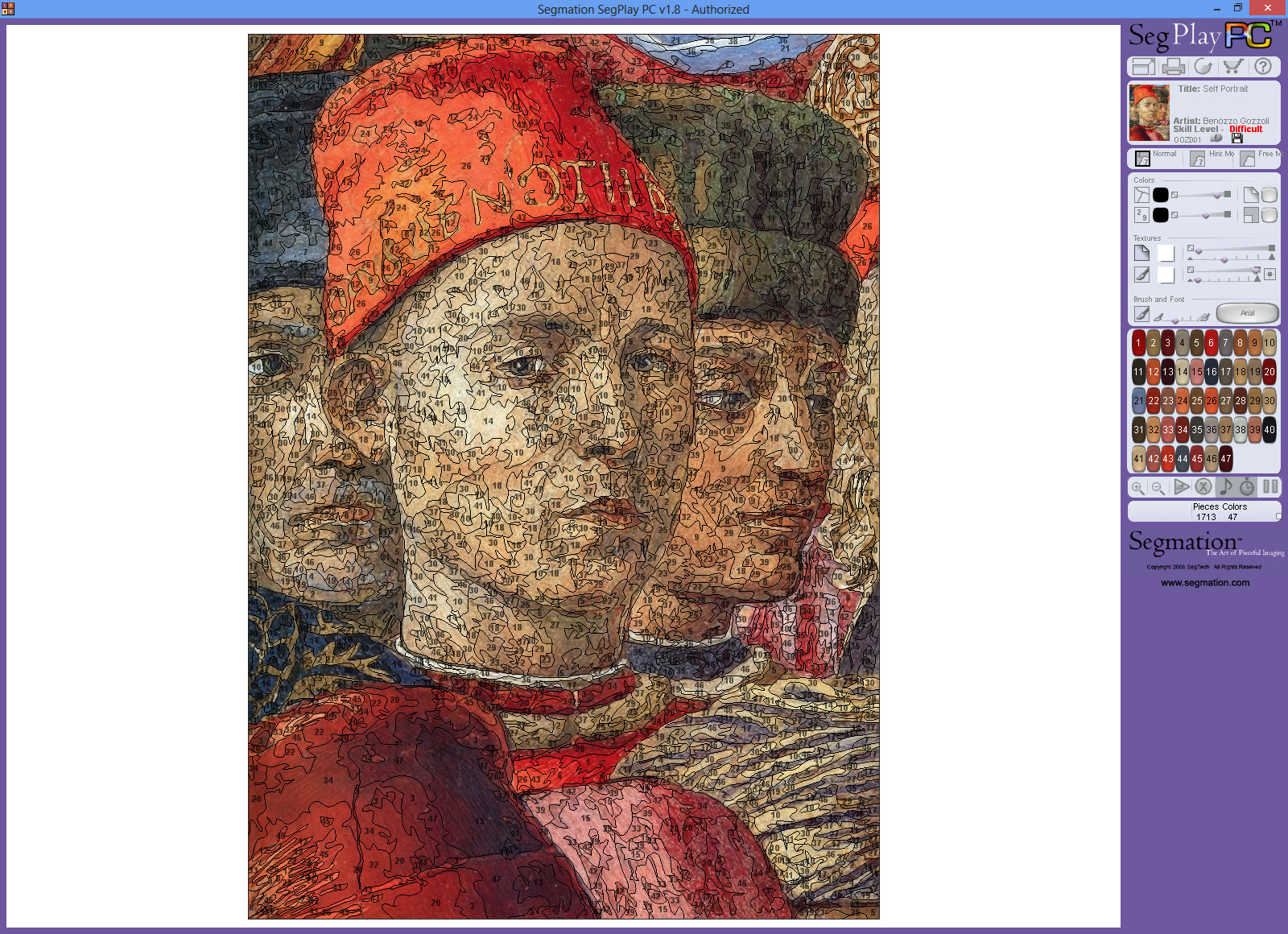The work of Emil Carlsen is respected, revered and praised. Known as one of the greatest American landscape and still life artists, Carlsen is said to have mastered the art of painting.
In his book about American still life painting, Painters of Humble Truth, William Gerdts discloses what he believes is the secret behind Carlsen’s talent. “What makes the painting beautiful,” Gerdts’ writes, “is Carlsen’s sensitivity to arrangement – large shapes are juxtaposed with small flat forms and tall ones, their outlines are often united in refined harmonious curves.”
Another art historian, Richard Boyle recounts Carlsen’s approach to still life. “His paintings are beautifully crafted and delicate of surface,” he says. “He was concerned with ‘ideal beauty,’ as well as the beauty inherent in the subject.”
Emil Carlsen created natural flowing designs that were complimented by his use of atmospheric light. He also had a keen sense of how to apply paint to canvases so that the forms he painted became dramatic and involved. In addition, Carlsen had an eye for detail which shown in his technical style and decorative flair.
Even though he was a celebrated artist, Carlsen had trouble supporting himself with earnings from his artwork alone. Throughout the years he taught at many design schools in various parts of America and dedicated himself to the development of aspiring impressionist artists. While this was in line with Carlsen’s passion, it was far from the career he envisioned for himself.
Emil Carlsen (1853 – 1932) was born and raised in Denmark. He was interested in becoming an architect and studied architecture at the Royal Academy in Copenhagen. In 1872, he came to the United States and, before long, found himself in Chicago, Illinois. There, he worked as an assistant to an architect. The architect, Lauritz Holst, would later leave America for Denmark and give Carlsen his studio. This contributed greatly to the progress of Carlsen’s skill, which subsequently landed him a teaching role at the Chicago Academy of Design.
Feeling as if there was more to learn, Carlsen left Chicago in 1875 to visit Paris, where he would study under Jean-Baptiste-Siméon Chardin, a famous French still life painter. Upon his return to America, instead of going back to Chicago he landed in New York where he set up a studio and tried to sell his still life paintings. At the time, however, he did not find much money in this. In 1879, he abandoned his New York studio and took up engraving to make ends meet.
Then, in 1883, a breakthrough happened for Carlsen when his work was exhibited at the Pennsylvania Academy of Fine Arts. This led to a trip to Europe in 1884 where he would continue to study and sell his work. In 1885, two pieces of Carlsen’s artwork were featured at the Paris Salon.
Even with these major successes, Carlsen still had trouble making enough money to live on. After Paris, he spent time teaching in San Francisco before moving back east where he would teach at two prominent art schools: The National Academy of Design and the Pennsylvania Academy of Fine Arts.
Personal success awaited Carlsen at the turn of the century. In the year 1896 he married Luela Mary Ruby. They gave birth to a child named Dines Carlsen in 1901. The family of three would make home in the studio and encourage Dines’ artistic abilities.
All the while Carlsen taught at design schools, even though he would have preferred to spend his time painting. He eventually joined the Macbeth Gallery in New York which was known to represent American Impressionist artists. This marked a changing point in Carlsen’s career. For the first time he was able to live on the money he made from art sales. As Carlsen increased his success with solo exhibits, he was able to stop teaching at art academies.
Still, the successes of Emil Carlsen go far beyond his financial standing. He influenced great impressionist artists like Guy Rose and won numerous awards. He received a gold medal in the Louisiana Purchase Exhibition, the Samuel T. Shaw Purchase Prize at the National Academy of Design, and a Medal of Honor at the Pana-Pacific International Exposition in San Francisco.
However, this post is meant to recognize his artist style and some major pieces. For those who want to read more of Emil Carlsen’s story, visit this link: https://www.segmation.com/products_pc_patternset_contents.asp?set=EMC. Also, Segmation is proud to offer 29 digital Emil Carlsenpatterns. By downloading these paint by numbers masterpieces, you can emulate one of the most fascinating artists who ever lived.
Enjoy the 29 Emil Carlsen Patterns Segmation has for you and continue to learn and celebrate the life of a great artist.
Source:
Read more Segmation blog posts about other great artists:
The Visionary Work of Gustave Moreau
Thomas Moran – American Landscape Painter
William Merritt Chase – American Impressionist Painter
Be a Artist in 2 minutes with Segmation SegPlay® PC (see more details here)
Join us on FacebookSegPlay® Mobile iTunes now available for iPhone and iPad








Reblogged this on idealisticrebel.
Reblogged this on idealisticrebel.
He influenced great impressionist artists like Guy Rose and won numerous awards.